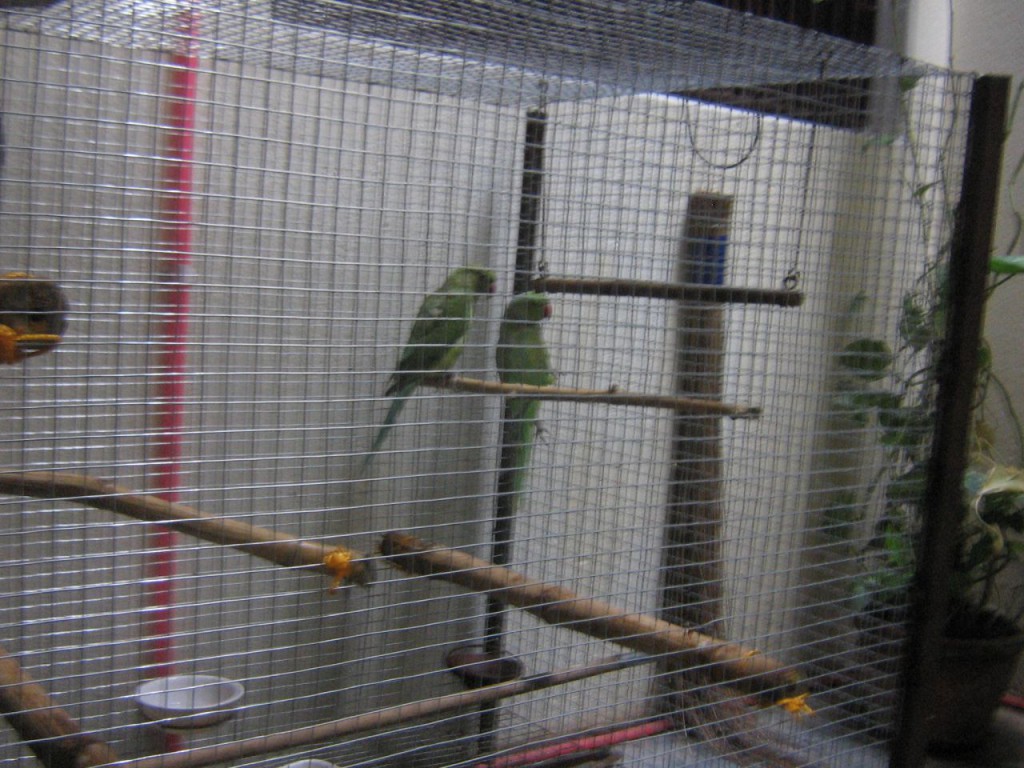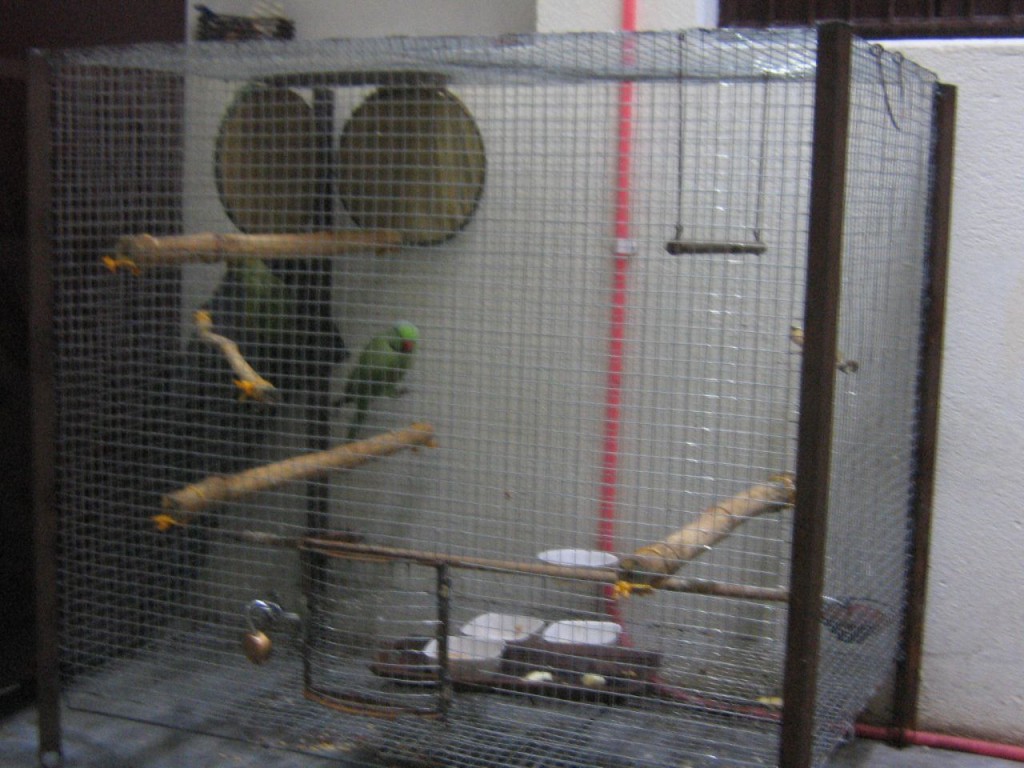My Journey to Jammu & Kashmir
I returned from a trip to Jammu & Kashmir a few days ago. Although I couldn’t complete my pilgrimage—since the police stopped us from entering the Kashmir Valley due to bad weather and ongoing violence—I have no regrets. I still had the chance to talk with locals and members of the Indian Army about one of the biggest social issues in India: the Kashmir conflict and the tensions between Hindus and Muslims.
My main purpose was to visit the Amarnath Temple, one of the holiest places on earth for Hindus. I had last been to Kashmir about ten years ago, at a time when the valley was beginning to recover and tourism was slowly returning. Back then, I saw no violence. Locals were happy and hopeful, welcoming visitors with warmth, as terrorism seemed to be on the decline. Since the economy of Kashmir depends heavily on tourism, peace was vital for them. But even a small spark of tension between India and Pakistan can bring the entire valley to a standstill.
This time, we reached Jammu by train and hired a taxi to Pahalgam, the base camp for the Amarnath Yatra. We left our hotel at around 10 a.m., full of excitement. But our journey was cut short—the police stopped us, citing bad weather, and refused to let us proceed. Our driver whispered that sometimes the police do this for no reason and suggested we speak to them. We tried, but they told us to wait. Nearby, I noticed an army check-post where some pilgrims were going inside. I decided to approach them too.
At the army office, our driver suggested we pretend we wanted to go to Katra instead of Amarnath. When I explained this to the officer, he told me he could only help if I had relatives in the army. Technically, I do—but I didn’t want to cause delay, so I said no. Fortunately, when he found out that I was from near Varanasi, he warmed up. He made it clear that the Indian Army never accepts bribes, but if I wanted to “understand how the J&K police function,” I could try offering them some money. He mentioned Rs. 500. He himself refused to intervene, since the army despises the J&K police for their corruption.
I was shocked, but at least it gave me a direction. We offered a police officer Rs. 300 per taxi, and he agreed. Just as we were about to proceed, another officer noticed us, turned aggressive, and the first officer also pretended to be angry. We were pushed back into line. While waiting, I struck up a conversation with another army man. What he told me disturbed me even more. He claimed that J&K no longer truly felt like a part of India, that even he didn’t know where it stood. He said the army was only there to protect people and added, bitterly, that if the army left even for a single day, the J&K police would “sell the entire region” to outsiders. According to him, the police were deeply corrupt and one of the main reasons terrorism still survived.
We spent ten hours waiting and were finally told to return and try again at 4 a.m. the next morning. When we did, the same thing happened—we were stopped again. As I stood in line, I met a young boy from Anantnag. He told me his family was too poor for him to study, so he sold hot water to pilgrims. Curious, I asked him if he had ever seen a terrorist. At first, he denied it, visibly uncomfortable. But after some time, he opened up. What he revealed broke my heart. Terrorists often came to his village and forced locals to host them. Families lived in fear—if they reported them to the army, they believed they would be killed sooner or later.
He said terrorists had even stayed in his house, and he felt powerless when they harassed his sister. Tears rolled down his face as he spoke. I was left speechless. He also told me about a friend’s family who had once hosted three militants. The army arrived for a routine ID check. When one soldier inside asked for ID, the terrorists opened fire and killed him. The army retaliated by blowing up the house, killing everyone inside. Locals protested against the army, but who was truly at fault? The terrorists, the army, or the helpless family? I still don’t know.
When I asked my driver what the people of Kashmir really wanted, his answer surprised me: “Neither India, nor Pakistan. They want independence.” I struggled to understand this. Independence would only mean poverty and isolation for years. In my view, staying with India is the most practical option—India has more resources, more opportunities, and a stronger future than Pakistan. But the driver disagreed. He said the army and politicians were the real problem, accusing soldiers of killing innocents and blaming America for all global tensions. I couldn’t accept that fully, but I realized how deep the resentment runs among the people.
Though I never reached Amarnath, my friends who went earlier shared chilling stories—kids on the streets shouting, “This is our land, not yours, you Indians,” and stone-pelting mobs attacking pilgrim vehicles. More than 200 cars were damaged. The hatred seemed to begin from such a young age. After four days in J&K, I returned with heavy questions in my heart. Why do people there see me, an Indian, as an outsider in my own country? Are we fighting for land, or for the rights of people who don’t even feel Indian? I don’t know if I have the right answers, but I do know this: Kashmir is India, and I hope one day the people of the valley can live in peace, free of terrorism, and once again welcome pilgrims and tourists with the spirit of Atithi Devo Bhava.
Peace.






















